If there was any company that shouldn’t need help hiring, it would be Indeed, the operator of the popular job site indeed.com. They claim to be the #1 job site in the world, with 200M unique monthly visitors. We know from experience that they do a good job sending traffic and talent to open job postings.
Still, even Indeed is competing for top-talent. As we’ve documented frequently on our blog, many of the top tech companies are all competing for the same designers. So even though Facebook, Uber, Amazon and Indeed may all have very different businesses, they are interested in the same possible applicants. All of them have content marketing and recruiting sites aimed at designers on their .design name, including indeed.design.
While the site does not feature the same robust content as other .design sites, such as the video content on amazon.design, or the depth of content found on facebook.design, it is a clear design-first manifesto. A quote from Indeed President, Chris Hyams, seems to underscore that, while the company did not start out at a design-led company, that their design-centric strategy has reoriented the business and “there is no going back.”
They go on to list out how the design team is changing and leading the company:
So while the site may be sparse they have good reason. The site basically says, “we’re busy building. Come join us.” So they are effectively able to jump into the competition against sites like facebook.design, airbnb.design and others without dedicating the same amount of content resources. They know a hiring and recruiting trend when they see one and so Indeed jumped on at the right time and in their own way. We’re excited to see the public releases of what these new design teams are working on at Indeed.






